Perhaps you’re planning to remodel your home or add a new set of appliances. In that case, you may want to consider remodeling your house into a more comfortable and energy-efficient living space. Energy-efficient means you’re living every day with less energy usage, eventually saving your money and preserving the environment.
However, many of you are probably wondering how you can make your home more energy-efficient, especially when energy is an everyday need. You see, having an energy-efficient home doesn’t necessarily mean the total absence of energy usage. Instead, it’s about modifying a few things in the house along with habit changes to help conserve energy and live a greener lifestyle.
For your guide, here are ten tips to help you achieve a comfortable and energy-efficient home:
1. Add Insulation Into Your Home
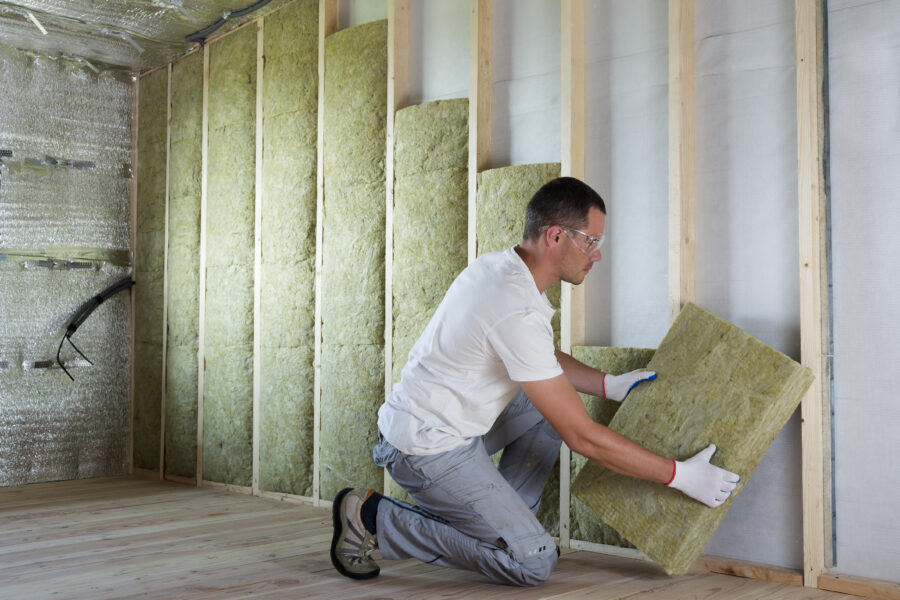
When you have tiny holes, cracks, or leaks around the ceilings, your heating and cooling system has to work harder and use twice as much energy to maintain your home’s temperature. One way to achieve an energy-efficient home is by adding insulation in your house, especially on the ceilings. With proper insulation, you can save much energy from using your heating and cooling system as the insulation will help preserve your desired temperature inside your house. Furthermore, it also promotes comfort as it helps reduce the noise from the outside world.
You can check out earthwool.com.au and other services to help you install insulation around the house. Furthermore, the amount of insulation your need will also depend on the size of your home and your region’s climate, so make sure to consult the professional for proper recommendation.
2. Lower Your Thermostat
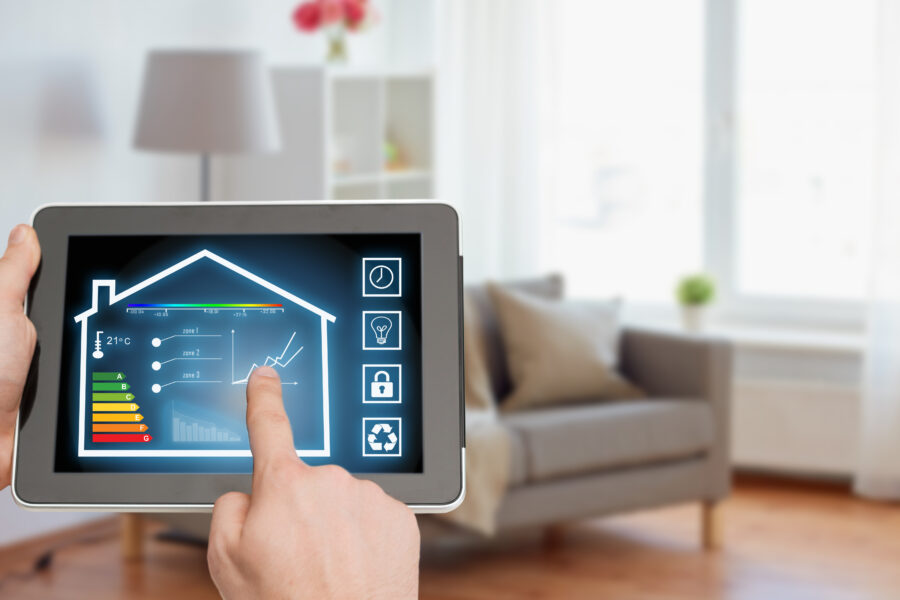
When you and the entire family are away from home, make it a habit to lower your thermostat. Reducing your home’s temperature by at least four to five degrees is already enough to lower your energy bills and preserve more energy. You could also do this when you’re not home from work.
3. Seal All Windows
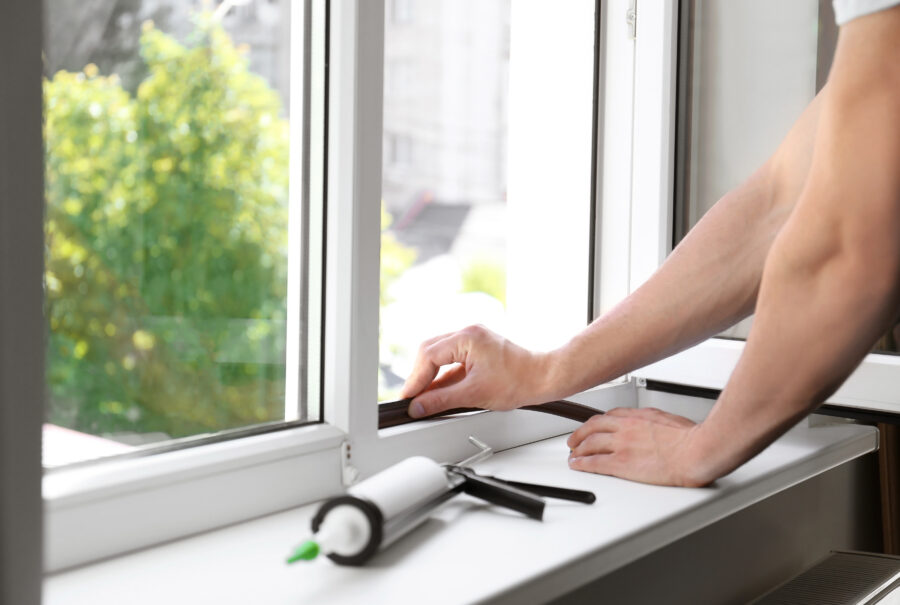
Prevent air leaks by sealing your windows through weatherstripping or caulking. Sealing your windows, including their existing cracks and gaps, will help reduce your energy usage and contain interior air for a comfortable indoor temperature.
4. Clean Or Replace Filters More Frequently
Using dirty filters for too long won’t only compromise the comfort and quality of your indoor air, but it could also affect the performance and efficiency of your heating and cooling system. The dirtier your filters are, the more energy your system needs to run and operate than necessary.
Thus, as much as possible, make it a habit to clean your filters more frequently or replace them when necessary. Doing this will improve your indoor air quality, and it’ll also lower your system’s energy usage.
5. Minimize The Usage Of Space Heaters

During the colder months, many homeowners love cranking up their space heaters to keep their homes warm, comfortable, and keep their feet toasty. But as comfortable as this may sound, space heaters are one of the most expensive ways to drain your electric bill. Most space heaters use at least 1,500 watts of energy to warm up your home, which can mean a bad thing for your energy bill.
So, when investing in a space heater, opt for the energy-efficient one. Better yet, you can resort to other alternatives in keeping yourself warm such as wearing layers of clothes, thick socks, slippers, as well as using rugs and carpets in the house to preserve heat. This way, it’ll be easier for you to minimize the usage of space heaters.
6. Add A Ceiling Fan
Adding a ceiling fan may sound like an additional energy usage. But the truth is, it’s the other way around. A ceiling fan can only use about 100 watts, the same energy usage of a small light bulb. It can also function in two ways during different seasons.
During the summer months, you can set the ceiling fan to spin in a counterclockwise direction then add a few degrees to your thermostat. Doing this will help save energy from your cooling bills. On the other hand, set the fan’s rotation clockwise during winter to reduce your heating system’s energy usage.
7. Install Solar Panels
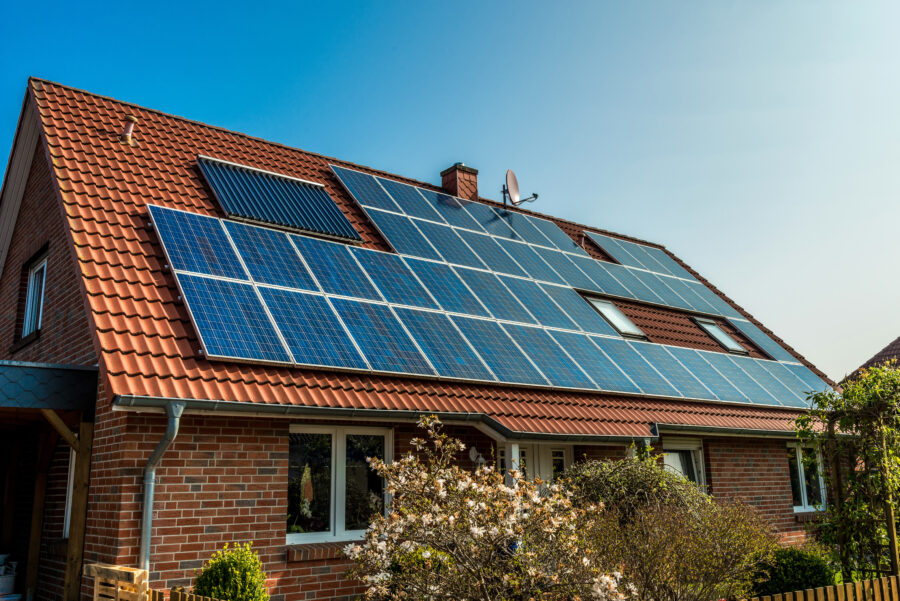
For starters, investing in solar panels isn’t exactly cheap. But on a good note, they can help reduce your energy usage in the long run. When you have your own roof solar panels, you no longer have to solely rely on your utility company’s energy and electricity.
As long as you live in a region where it’s often sunny for most of the year, your solar panels will significantly help you reduce your energy usage throughout the year. Just make sure that your roof has enough space for the solar panels.
8. Replace Inefficient Lights
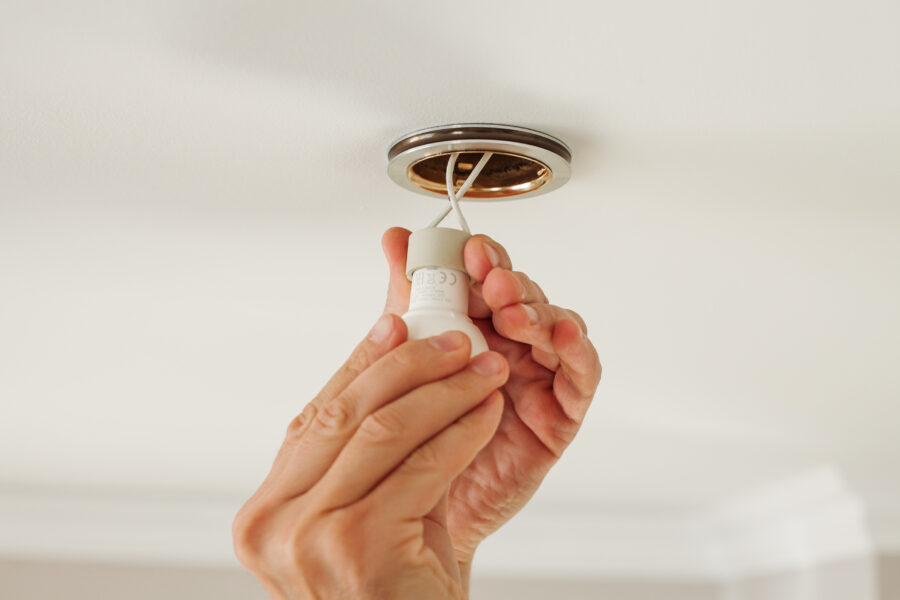
If you’re currently using incandescent bulbs in every room of your house, consider replacing them with something more energy-saving. Keep in mind that every incandescent bulb uses about 1,000 kilowatts, and it can only last for about 1,000 hours. On the other hand, if you go for a more energy-efficient option such as the compact fluorescent lamp (CFL), it only uses 27 watts and could last for 10,000 hours. So, save more money from your energy bills by simply swapping your incandescent bulbs with CGL bulbs or LED bulbs.
9. Add Rugs

While rugs or carpets are designed for comfort and aesthetic purposes, having them in your home can also help save your energy bills. During the colder months, the rugs or carpets will help contain the interior heat and trap warm air, making your home a cozier and warmer place to stay in.
This means you don’t need to keep cranking up your heating system and using up more energy as the rugs will help preserve the heat without extra costs. Plus, there are also plenty of rugs out there that’ll go well with your decorations, so it’s a win-win situation.
10. Switch Your Desktop Into A Laptop
For work-at-home employees, you can achieve a comfortable and energy-efficient home office by switching your old desktop with a laptop. You see, a desktop tends to use up at least 175 watts while a laptop only needs less electricity and runs around 60 watts. Laptops may not be that cheap like computers, but they’re definitely a greener choice. Plus, it’s also more comfortable working on a laptop as it’s portable, and you can bring it anywhere around the house.
Takeaway
Different homes may require different energy-saving solutions. After all, it’s a case-to-case basis, and some of these tips will depend on your region’s climate or the size of your house. On a positive note, these tips will help you get started in slowly switching your home into a more comfortable and energy-efficient living space.
